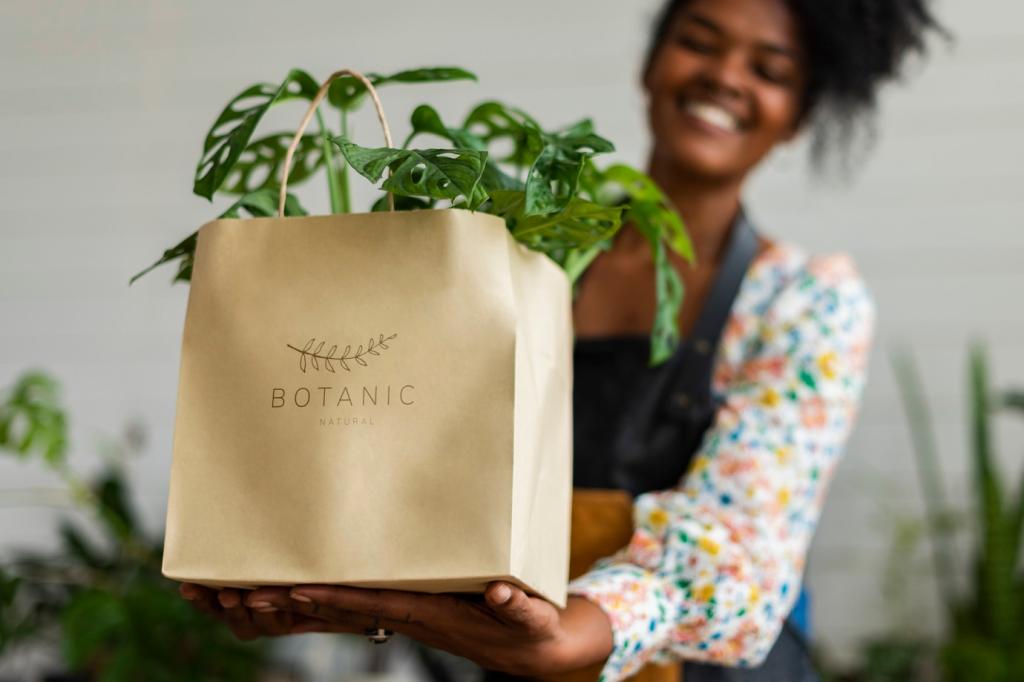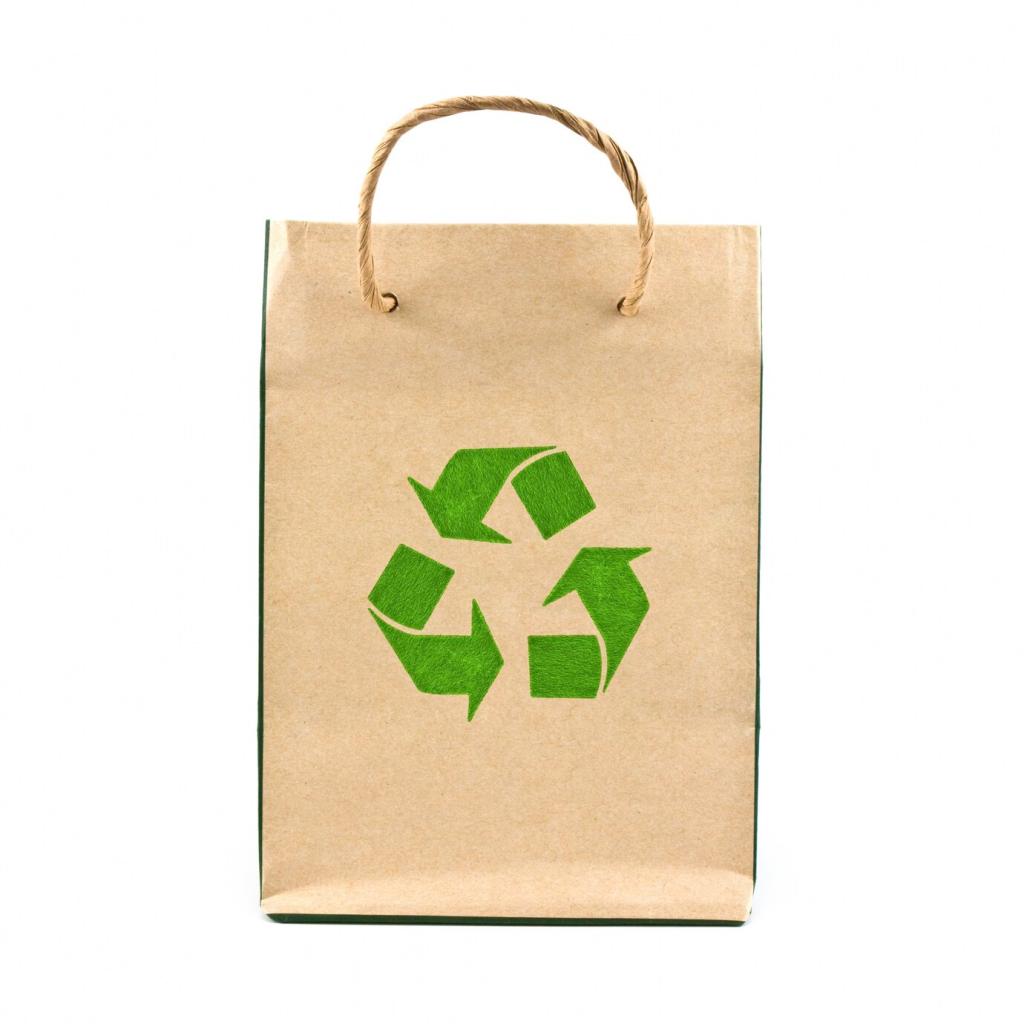Sustainable Materials for Ecommerce Packaging
As the global demand for online shopping continues to surge, the spotlight increasingly falls on the environmental impact of ecommerce packaging. Sustainable materials are no longer a niche consideration—they represent a vital shift in how brands deliver products while respecting ecological limits. This page explores the crucial aspects of sustainable packaging for ecommerce, diving into material choices, cutting-edge innovations, and strategic approaches that can help businesses minimize their carbon footprint, optimize their supply chain, and enhance customer loyalty by demonstrating a commitment to a healthier planet.
The Importance of Sustainable Packaging in Ecommerce

Consumer Expectations for Eco-Friendly Packaging
Today’s online shoppers are more vigilant than ever about the environmental costs of their purchases. They actively seek brands that prioritize sustainability, making responsible packaging a significant differentiator in a crowded marketplace. Incorporating eco-friendly materials not only addresses growing environmental anxieties but also fosters customer trust and loyalty. Brands that fail to adapt to these expectations risk customer attrition and reputational damage in a world that increasingly values conscious consumption.

Environmental Impact of Conventional Packaging
Traditional packaging materials, such as plastics and non-recycled cardboard, are major contributors to landfill waste and global pollution. The carbon footprint stemming from the extraction, production, and disposal of these materials exacerbates climate change and threatens ecosystems. Transitioning to sustainable options dramatically reduces environmental harm, supporting a more circular economy where materials are reused, repurposed, or harmlessly reintegrated into natural systems.

Regulatory Pressure and Industry Standards
Legislative frameworks around the world are tightening guidelines on disposable packaging and single-use plastics. Evolving standards push ecommerce businesses to reassess their material choices, incorporating environmental compliance into their operational models. Proactively investing in sustainable packaging helps brands stay ahead of regulations while reinforcing their public image as responsible corporate citizens and attracting environmentally aware stakeholders and partners.
Plant-Based Polymers
Plant-based polymers, such as polylactic acid (PLA), are derived from renewable resources like corn starch or sugarcane, enabling the creation of packaging materials that break down safely in industrial or even home composting settings. With the same protective qualities as petroleum-based plastics, they provide the durability and transparency ecommerce requires without the long-term environmental hazards, making them an effective bridge to a plastic-free future.
Paper-Based Alternatives
Paper has been a staple in packaging for decades, but recent innovations in sourcing and production have given rise to truly sustainable, biodegradable paper materials. These alternatives are often made from FSC-certified or recycled fibers and engineered for strength and water resistance. Once disposed of, they quickly return to the earth without leaving behind toxic residues, offering ecommerce brands a versatile, planet-friendly substitute for plastic mailers and boxes.
Compostable Packaging Peanuts and Fillers
Packaging fillers are essential for protecting items during shipment, but traditional polystyrene peanuts pose significant environmental hazards. Compostable variants, typically made from cornstarch or wheat, dissolve in water and break down in compost piles. Ecommerce companies that replace plastic fillers with these innovative options provide effective cushioning while eliminating persistent microplastic pollution from their shipping processes.

Recycled Cardboard and Paper
Utilizing packaging crafted from recycled cardboard and paper helps lower the environmental impact associated with new fiber production. These materials retain sturdiness and printability, allowing for branding and product protection without sacrificing green principles. Encouraging consumers to continue the recycling chain helps further reduce landfill dependence, reinforcing the brand’s environmental credibility with every shipment sent.

Recyclable Plastic Alternatives
Despite the challenges associated with plastic, certain types—like polyethylene terephthalate (PET) or high-density polyethylene (HDPE)—are widely accepted in recycling streams. Using recyclable plastic packaging ensures that materials can be processed into new goods instead of polluting land and sea. Ecommerce companies that specify and clearly label their recyclable plastics make it easier for consumers to dispose of packaging responsibly, facilitating greater rates of recovery and reuse.

Previous slide
Next slide

Bamboo-Based Packaging Solutions
Bamboo is one of the world’s fastest-growing and most renewable resources, requiring minimal water and no pesticides. Packaging made from bamboo fibers is durable, biodegradable, and often compostable, providing an excellent replacement for conventional wood-based paper and plastics. Ecommerce brands using bamboo signal a commitment to innovative stewardship, inspiring consumer confidence and setting a new standard for green packaging.

Agricultural Waste and Byproduct Materials
Harnessing agricultural waste—such as wheat straw, rice husks, or mushroom mycelium—transforms items once considered refuse into high-performance packaging. These regenerative materials typically involve less energy and fewer chemical inputs, resulting in lower greenhouse gas emissions. By upcycling waste into useful products, ecommerce companies help close resource loops and foster a more restorative approach to commerce.

Seaweed and Algae-Based Films
Bioplastic films made from seaweed and algae offer promising alternatives to petroleum-based plastics. These marine plants grow rapidly and require neither arable land nor fresh water, minimizing competition with food crops. Once discarded, their films decompose quickly or can be composted, making them ideal candidates for ecommerce businesses seeking next-generation, zero-waste options for wrappers or mailer pouches.
Previous
Next
Branding and Consumer Engagement Through Sustainable Packaging
01
Building a Green Brand Identity
Packaging serves as a tangible, daily touchpoint between customers and brands. By embedding sustainability into packaging design and messaging, companies create a distinct, positive brand identity. This eco-conscious positioning strengthens differentiation, deepens customer loyalty, and can even justify premium pricing as consumers increasingly seek out businesses that mirror their values.
02
Interactive and Educational Packaging Experiences
Thoughtful packaging design can include cues and prompts that educate customers about sustainability. QR codes, printed messages, or clever illustrations may guide users on how to recycle or compost materials. By making the experience interactive and educational, ecommerce brands empower customers to participate in sustainable practices, transforming passive receipt of goods into active environmental contribution.
03
The Role of Transparency and Authentic Storytelling
Modern consumers are savvy and quick to spot “greenwashing.” Brands that transparently share the rationale behind their packaging choices, including both achievements and challenges, foster authenticity and trust. Telling the story of material sourcing, manufacturing partners, and life cycle impacts forges an emotional connection, strengthening the brand’s reputation as a genuine advocate for sustainability.
